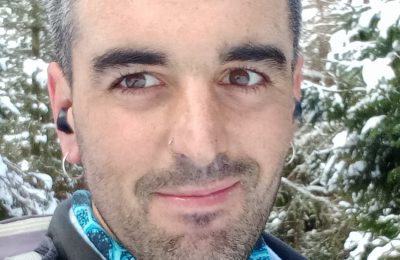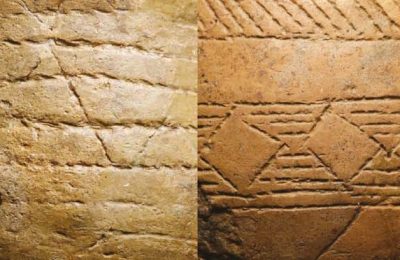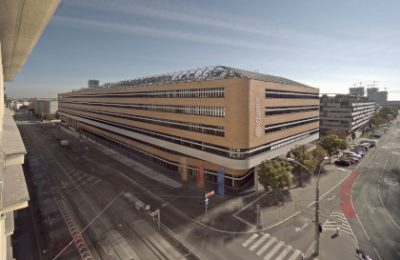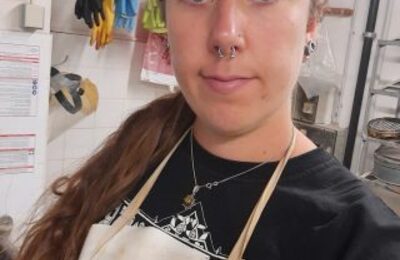The recipients of the February 2023 HEAS Seed Grants are: Applicant Round Project Amount Granted Victoria Oberreiter and Florian Exler February 2023 Analyzing Altamira: The first aDNA analyses of the renowned cave paintings from northern Spain €3.000,00 Annette Oertle, Katerina Douka, Frank Zachos February 2023 Using museum collections for ZooMS marker development of New Guinea taxa €3.000,00 Dominik Hagmann, Sylvia Kirchengast February 2023 Undiscovered Ancient Deathscapes“: Archaeothanatological Analysis Of Roman and Early Medieval Inhumations from Cemeteries in the Southeastern Upper Danube River Basin (sUDRB) during the Roman Climate Optimum (RCO) and Late Antique Little Ice Age (LALIA) €3.000,00 Olivia Cheronet, Maria Teschler-Nicola, Daniel Fernandes, Adrian Daly February 2023 Confirmation of the presence of Mucopolysaccharidosis in the Medieval population of Pottenbrunn (Lower Austria) €3.000,00 Richard Kimber, Susanna Sawyer,Florian Exler February 2023 A density separation approach for improved ancient DNA yields from sediments €3.000,00 Due to due to the positive development in terms of quality and available budget, we were able to grant 5 proposals in this round For more information about the HEAS Seed Grants please see here






